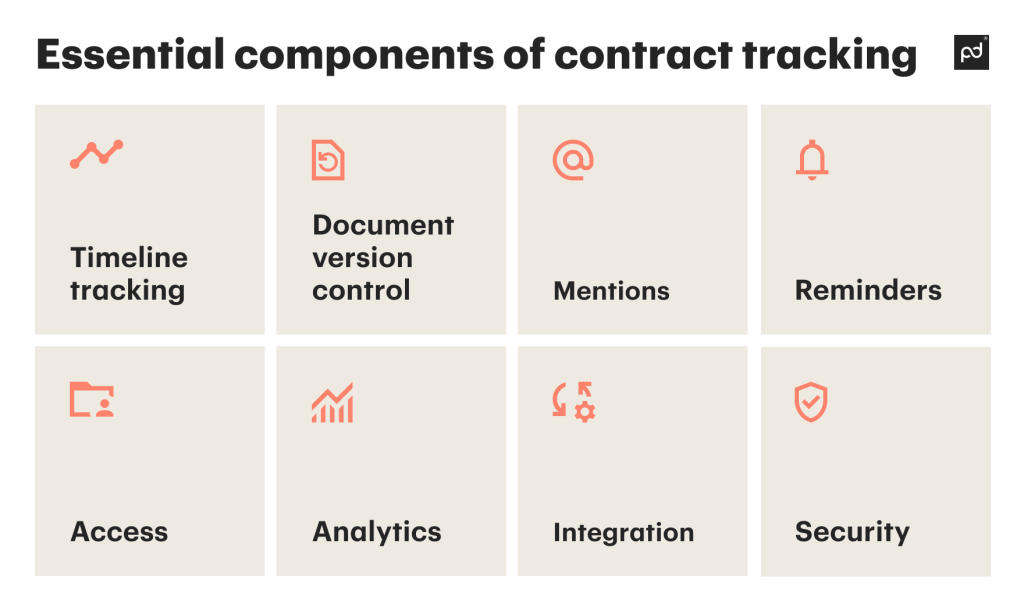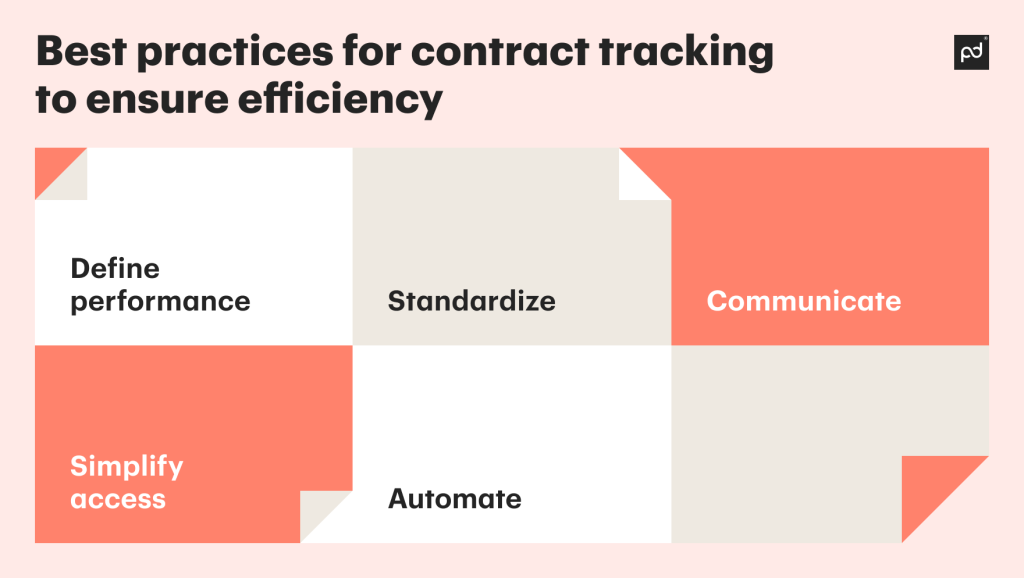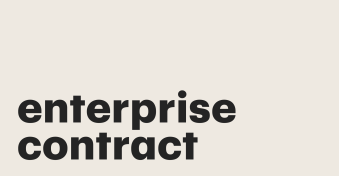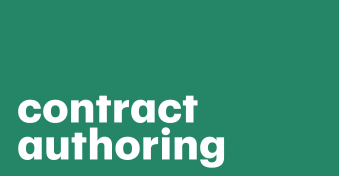Contracts have a lot of moving parts in need of tracking.
They can be complex, with lengthy lifecycles requiring multiple steps and a range of stakeholders across different departments and organizations.
In this article, we’ll talk about what contract tracking is, its benefits, and how best to implement it to improve efficiency, collaboration, and workflow in your business.
Key takeaways:
- Make monitoring a document throughout the entire contract lifecycle easier with contract tracking.
- Mitigate or eliminate risks such as errors, delays and misplaced contracts.
- Ensure transparency, security and efficiency with contract tracking.
- Deploy a contract management system which provides timeline tracking, document version control and robust security.
What is contract tracking?
Contract tracking is the process of monitoring a contract from creation to end.
You know how it goes.
John from Sales might email Joanne from Legal to double check a contract has been signed, only to find Joanne is on vacation and Kim is covering.
But Kim wasn’t involved in drafting the contract, so she has to email Bill upstairs and…
You get the point. You probably understand the frustration too. Contract completion is delayed as everyone scrambles to find the choke point.
The worst-case scenario is that the deal falls through as a result, and your business suffers.
So, how can your company or legal team keep track of all those moving parts? By using contract tracking, of course.
Contract tracking allows stakeholders to track all aspects of the contract throughout its lifecycle, providing an easy way to monitor progress and check for issues.
Its goal is to facilitate efficient contract lifecycle management, eliminating bottlenecks and ensuring all stakeholders are on the same page.
To implement contract tracking in your business, you can either develop a system in-house or utilize software built for the purpose.
How important is contract monitoring?
To highlight the importance of contract monitoring, let’s take a look at the risks inherent in the contract lifecycle.
Errors
Contracts often contain complex, detailed language, so accuracy is paramount.
The risk of making mistakes increases if things aren’t checked and double-checked, and mistakes can cost a company time and money.
Delays
The contract can also become stuck somewhere in its lifecycle. Without monitoring, it may take longer to realize this, further prolonging delays.
Friction
Errors and delays can cause friction between internal teams or external partnerships.
Misplaced contracts
Sometimes, things get lost, especially in busy departments and businesses.
Unfortunately, losing a contract mid-way through the process can put your company back to square one in the contract lifecycle.
Access issues
Each stakeholder needs access to the contract to fulfill their role in its completion.
However, access also needs to be carefully monitored to ensure privacy and security aren’t compromised.
Malicious intent
If those within your organization can edit a contract without evidence of this happening, then malicious actors can easily change the terms to benefit themselves or for criminal purposes.
Contract monitoring helps to mitigate or eliminate a lot of these risks.
Why is contract monitoring necessary?
For companies that handle tens, hundreds, or even thousands of contracts a year, monitoring them is just good practice.
Contracts can take multiple forms: sales agreements, partnerships, hiring agreements, and so on.
A contract failure can mean the loss of a sale, the dissolution of an important partnership, or even litigation.
Add multiple stakeholders, each in need of access, and you’ve got a complex system ripe for problems.
That’s why tracking contracts is essential.
It ensures top-tier organization and transparency at every step in the contract lifecycle, protecting your company from failures, security breaches, and potential legal issues.
Advantages of contract tracking
We’ve established how important tracking contracts is. Now let’s take a closer look at the advantages.
Transparency
With contract tracking, stakeholders can easily monitor a contract’s progress without having to contact other employees, departments, or organizations.
A simple check-up doesn’t need to take four emails, three phone calls, and two working days to receive an answer.
All stakeholders have access to the contract, and all access is logged.
This means progress is visible to all relevant parties, and any changes can be traced back to the author.
Security
Contract security can be a real issue, especially when dealing with sensitive information.
Tracking contracts allows for better security, as access is limited to authorized personnel, everything can be monitored and recorded, and everyone involved has their eye on the ball.
Efficiency
The whole point of a contract tracker is to make workflows more efficient.
Giving stakeholders oversight regarding contract progress cuts down on the constant emails and phone calls we talked about, reducing delays and friction between teams.
Should any bottlenecks occur, they can be quickly located and fixed to get things moving again.
Essential components of contract tracking
Any contract management system you implement should have a few key features, such as:

1. Timeline tracking
Monitor the timeline of your contract to keep track of who did what and when. You can do this manually, or you can use document tracking software to speed up the process.
Any edits, additions, or subtractions should be logged along with the author to ensure contract integrity.
You can also keep track of renewal dates and negotiation windows and check signatures and milestones to keep your contract moving swiftly through its lifecycle.
2. Document version control
Contracts typically go through multiple revisions, known as redlining.
Each stakeholder needs access to the latest version of the document, as well as a way to access older versions and track the changes made to each version.
Being able to track these changes gives all parties total transparency over edits and the confidence that no words or terms have been changed or added without approval.
3. Mentions
Include ways to tag people, too, so that if something needs attending to, that person will be notified immediately.
4. Reminders
Use reminders to keep your contract schedule on track. Reminders can prompt stakeholders to complete tasks, check progress milestones, and set start, end, and renewal dates.
5. Access
Make sure your contract tracking system allows access controls. This ensures that everyone who needs access has it and that access can be approved and revoked as necessary.
6. Analytics
Analytics can help you analyze the contract tracking process to figure out what’s working and what isn’t. If there are any roadblocks hindering your workflows, analytics can help you identify and fix them.
7. Integration
Your company probably uses a variety of technical solutions to operate, such as communication, accounting, and office software, for example.
Being able to integrate your contract management solutions with your existing tech stack will make the monitoring process smoother.
For instance, being able to share documents with colleagues for editing within your contract management system is easier than emailing a PDF back and forth.
Additionally, integrating with CRM systems allows your sales team access to important sales contracts. They can track contract timelines, get notifications, and follow up on any delays.
You can build your contract management setup around your existing software, or look for third-party solutions that offer the integrations you need.
8. Security
A good contract management system should shore up your security.
Access controls, for example, ensure that only approved parties can access secure documents, and timeline monitoring can log the source of any edits.
If you decide to automate, be careful to choose the best contract management software for your needs.
Do your research and look for positive reviews and testimonials or recommendations from trusted peers.
Contract tracking procedures
Contract specifics may vary, but most will generally follow a similar trajectory from creation to completion.
- Create. The contract is requested and drafted.
- Edit. The contract is viewed and edited internally by the relevant team.
- Review. The contract is reviewed by legal teams and checked for potential risks.
- Approval. The contract is approved by the team responsible for creating it.
- Negotiate. Redlining begins. The contract goes back and forth between parties to suggest edits and negotiate terms.
- Sign. Both parties reach an agreement and sign the contract. The document is now a legal contract, and both parties begin fulfilling their roles.
- Store. The contract is stored somewhere safe and accessible to all stakeholders.
- Track. Contract milestones are monitored. The contract can be accessed by all parties to track the timeline. Any delays can be caught early and resolved.
- Performance. Contracts are analyzed to study how well they’re performing. If KPIs aren’t being met, issues can be resolved and improvements can be made.
- End or renew. The contract either completes with no further action or is renewed for ongoing collaboration.
Contract tracking can simplify, speed up, and improve the security of each of these milestones.
Best practices for contract tracking to ensure efficiency
The purpose of contract management is to promote a more efficient workflow. To do this, it’s important to consider a few best practices for contract tracking.

Define performance
What do you want from your contracts?
Which key performance indicators (KPIs) can you use to determine if the terms of your contracts are being fulfilled?
Once you’ve defined your KPIs, you can use contract tracking to measure them.
For example, maybe you’re concerned about the length of time between contract creation and signing in your company.
Are your drafting and approval taking too long? Is your contract going back and forth between parties?
You might conclude that your process needs better standardization and more communication.
You can track your progress toward these goals using your selected KPIs.
Standardize
Speaking of standardization, drafting every new contract from scratch isn’t very efficient, and monitoring contracts on-the-fly puts you at risk of overlooking things.
Having your legal department develop contract templates will cut down on drafting time. It also means other departments can draw up contracts without having to contact Legal first.
Standardizing the contract tracking process can help you set defined milestones that your contracts need to hit to succeed.
This means you can hold contract creation to a higher and more uniform standard moving forward.
Communicate
On the topic of communication, good communication between stakeholders is essential.
Luckily, contract tracking facilitates a level of transparency that fosters greater trust and improved collaboration.
Simplify access
To make access easier, contracts should be stored somewhere centralized and searchable.
This way, stakeholders can quickly get hold of the information they need without having to hunt down Joanne from Legal.
Automate
Manual contract monitoring can work for some companies, but the value of automating the process can’t be overstated.
Using contract management software means you can automate all these best practices for monitoring your contracts.
For large companies that handle high volumes of complex contracts, a contract tracker is an invaluable tool; for individuals and small companies, manual contract tracking might be sufficient, but automating some or all of the process is still worth considering.
Use PandaDoc contract management software for efficient contract tracking
For better efficiency, transparency, collaboration, and security, contract tracking software is worth a try.
PandaDoc’s contract management software lets you design and craft templates, negotiate contracts with stakeholders, collaborate with colleagues, and store and manage your contracts all in one place.
Request a demo to try it today!
Disclaimer
PandaDoc is not a law firm, or a substitute for an attorney or law firm. This page is not intended to and does not provide legal advice. Should you have legal questions on the validity of e-signatures or digital signatures and the enforceability thereof, please consult with an attorney or law firm. Use of PandaDocs services are governed by our Terms of Use and Privacy Policy.


